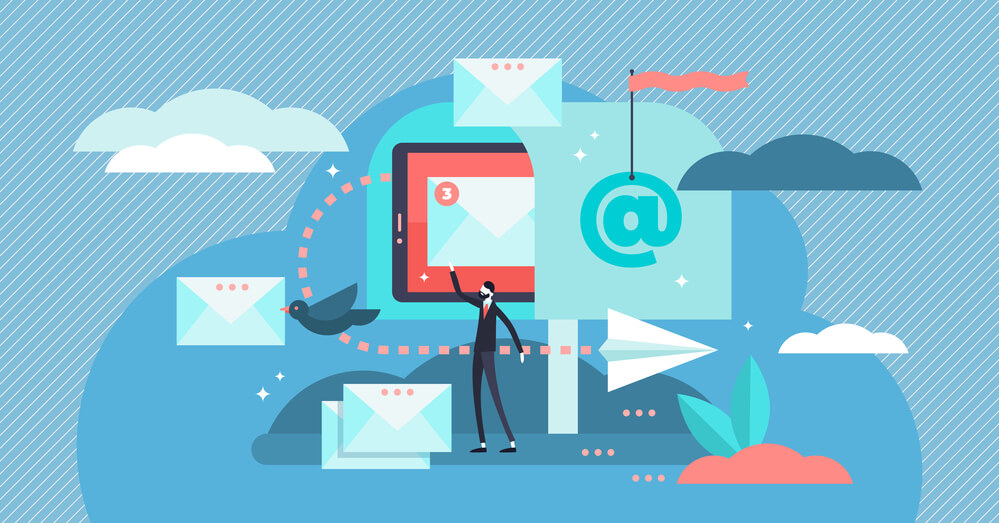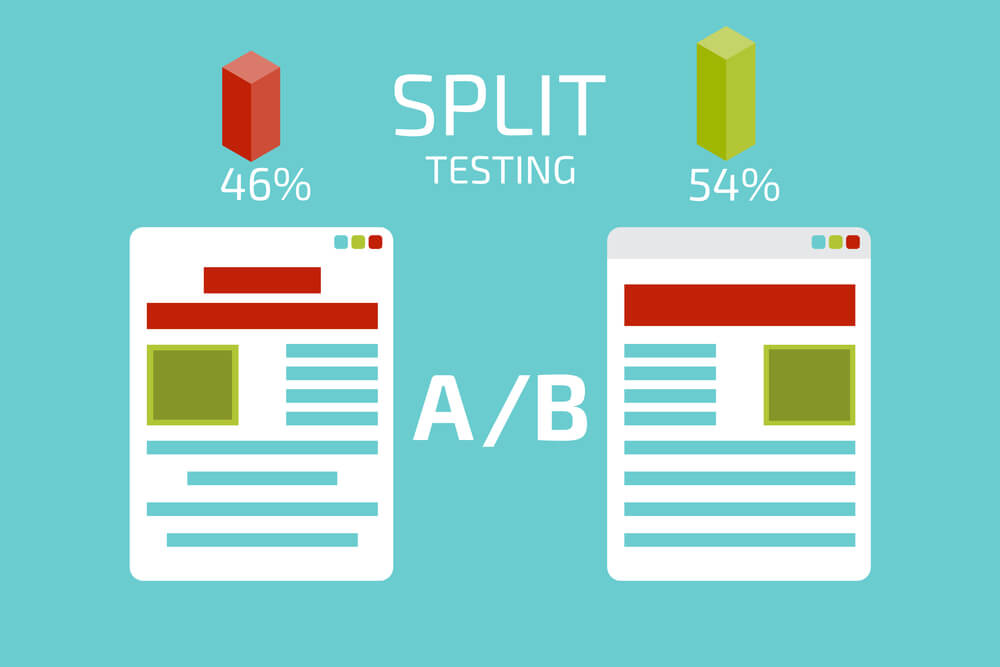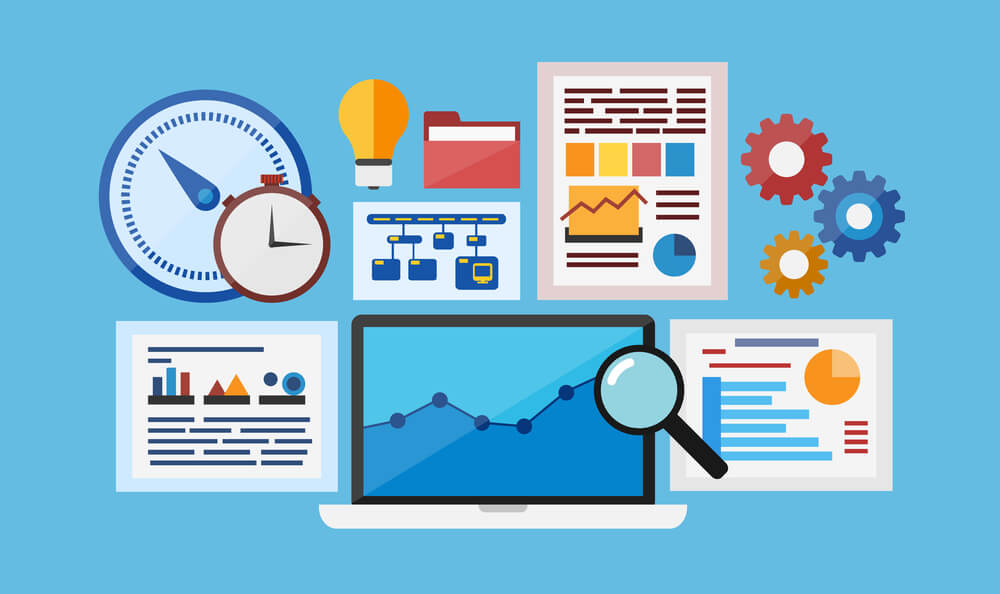
In today’s fast-paced competitive landscape, businesses need to find ways to streamline their marketing efforts and maximize efficiency. Email automation has emerged as a powerful tool to help marketers save time, enhance personalization, and nurture customer relationships. In this article, we will explore the benefits of email automation and provide practical insights on how you can leverage this technology to optimize your marketing campaigns.
Time-Saving Automation
Email automation allows you to set up predefined workflows and triggers that automatically send emails to your audience based on specific actions or criteria. This eliminates the need for manual email sends and follow-ups, saving you valuable time and resources. By automating repetitive tasks like welcome emails, order confirmations, and abandoned cart reminders, you can focus on more strategic initiatives while ensuring consistent communication with your customers.
Personalized and Targeted Communication
One of the key advantages of email automation is the ability to deliver highly personalized and targeted messages to your audience. By segmenting your email list based on various criteria such as demographics, purchase history, or engagement levels, you can tailor your content to specific customer segments. Personalization fosters a deeper connection with your audience, increases engagement rates, and drives conversions. Leverage automation to deliver relevant content, product recommendations, or exclusive offers that resonate with each customer segment.
Nurture Customer Relationships
Email automation enables you to build and nurture customer relationships at scale. By setting up drip campaigns, you can create a series of automated emails that guide customers through their journey, from onboarding to post-purchase follow-ups. Craft a well-thought-out sequence of emails that provides value, educates, and encourages engagement with your brand. By delivering timely and targeted content, you can foster trust, loyalty, and repeat business.

Behavioral Triggers and Personalized Timings
Automation allows you to send emails triggered by specific customer behaviors or actions. For example, you can automatically send a follow-up email to a customer who viewed a specific product on your website or send a birthday offer to a subscriber on their special day. Furthermore, you can optimize the timing of your emails based on customer behavior. By analyzing open rates, click-through rates, and conversion rates, you can determine the best times to send emails and maximize their impact.
A/B Testing and Iterative Improvement
Email automation platforms often provide robust A/B testing capabilities. This allows you to experiment with different subject lines, content variations, and call-to-action buttons. Through iterative testing and analysis of the results, you can optimize your email campaigns for better performance over time. Use automation to run split tests, track key metrics, and make data-driven decisions to continuously refine your email marketing strategy.

Integration with Other Marketing Channels
Email automation can be seamlessly integrated with other marketing channels to create a cohesive and omnichannel experience for your customers. Connect your email automation platform with your customer relationship management (CRM) system, website, and social media platforms to gather valuable data and deliver a consistent message across touchpoints. For example, you can trigger email campaigns based on a customer’s interaction with your website or use email to nurture leads generated from social media advertising.
Data-Driven Insights and Analytics
Email automation platforms provide detailed analytics and insights into the performance of your email campaigns. Track metrics such as open rates, click-through rates, conversion rates, and unsubscribe rates to measure the effectiveness of your campaigns. Leverage these insights to refine your email content, segmentations, and automation workflows. By continuously analyzing and optimizing your email marketing efforts, you can achieve better results and a higher return on investment.

Remember that successful email automation is not a one-time setup; it requires ongoing monitoring, testing, and optimization. Regularly assess the performance of your email campaigns and make data-driven adjustments to ensure continuous improvement. Stay up-to-date with industry best practices and trends. Stay ahead of the competition and provide your customers with exceptional experiences.
To help you stay ahead of the curve, follow Epic Nine on LinkedIn, Facebook, Instagram, and even TikTok!




